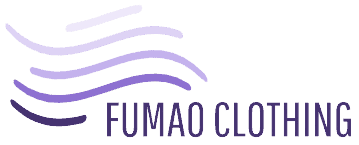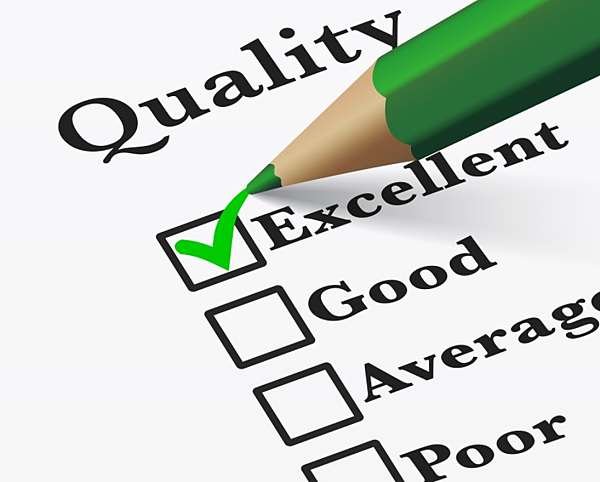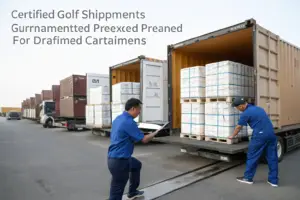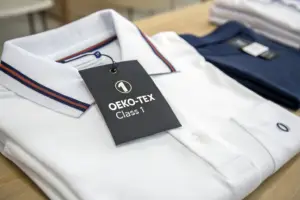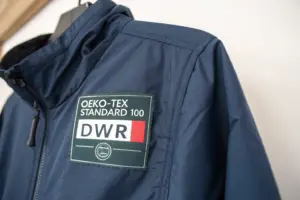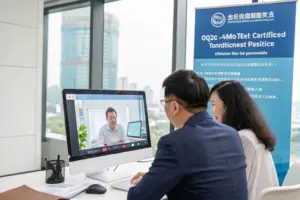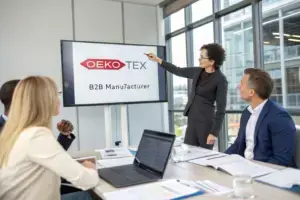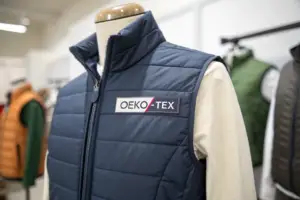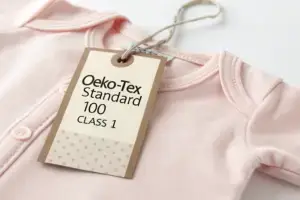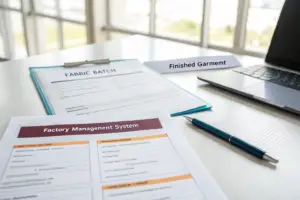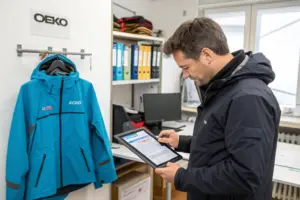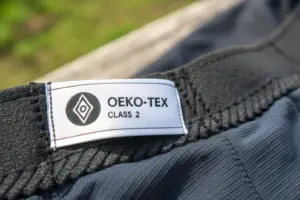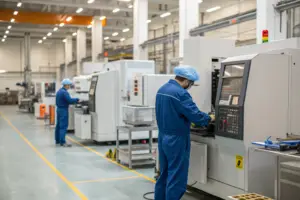QC, QA, IQC, IPQC …… What do these abbreviations mean in the end, and what are the connections and differences between them? Today, I will talk about QC, QA, IQC, IPQC …… with you. For reference only.
QC and QA
QC: Quality Control, quality inspection of products, analysis, improvement, and control of non-conforming products after the discovery of quality problems is a general term for the personnel involved.
Generally include:
IQC (Incoming Quality Control)
IPQC (In-Process Quality Control)
FQC (Final Quality Control)
OQC (Out-going Quality Control)
QC is concerned about the product, rather than the system (system) which is the main difference between it and QA, the purpose and QA are the same, are "to meet or exceed customer requirements."
QA: Quality Assurance, ensures that product quality is not a problem by establishing and maintaining a quality management system.
It generally includes system engineers, SQE (Supplier Quality Engineer), CTS (Customer Technical Service), 6sigma engineers, calibration and management of measuring instruments, and other personnel.
QA should not only know where the problem is, but also know how to develop solutions to these problems, and how to prevent them in the future, QC should know just the problem to control, but do not necessarily know why to control this way.
To use an analogy, QC is the police, QA is the judge, QC as long as the violation of the law can be arrested, and can not prevent others from committing crimes and give others the final conviction, while the judge is to develop laws to prevent crime, according to the law to pronounce the results of disposal.
Summarize the description.
QC: mainly after the fact quality inspection type of activity is dominant, the default error is allowed, expect to find and select the error.
QA is mainly the prior quality assurance type of activities, mainly prevention, expecting to reduce the chance of error.
QC is the operational techniques and activities taken to make the product meet the quality requirements, it includes inspection, correction, and feedback, for example, QC carries out an inspection to find the defective products and then remove them, and then feedback the defective information to the relevant departments to take improvement measures.
Therefore, the control scope of QC is mainly within the factory, and its purpose is to prevent non-conforming products from being put into, transferred to, and from the factory, to ensure that the products meet the quality requirements and are only qualified products can be delivered to customers.
QA is to provide trust to meet customer requirements, even if the customer is sure that the products you provide can meet his requirements, so it is necessary to leave evidence from the beginning of market research and later review customer requirements, product development, order taking and material procurement, incoming inspection, production process control and shipment, after-sales service and other stages to confirm that each step of factory activities are carried out according to customer requirements.
The purpose of QA is not to ensure product quality, which is the task of QC.
QA is mainly to provide assurance, so it needs to manage the whole process starting from understanding customer requirements to after-sales service, which requires companies to establish a quality control system, develop corresponding documents to regulate the activities of each process, and leave evidence of the implementation of activities in order to provide trust.
This trust can be divided into two types: internal and external.
External to reassure the customer that the factory is producing and delivering the product according to its requirements.
internal to reassure the factory owner, who is the first person responsible for the quality of the product, and who is fully responsible for any quality incidents that occur in the product.
This is also the main requirement for countries to develop product quality laws to make companies really pay attention to quality, so the owner has to regulate the activities with documents and leave the evidence in order to avoid taking responsibility for quality.
But the factory internal staff is not according to the document requirements, the boss can not know one by one, which requires QA instead of him to audit to understand whether the document requirements are being complied with, in order to make the boss believe that the factory activities are carried out according to the document provisions so that he can rest assured.
Thus the main difference between QC and QA is that the former is to ensure that the product quality is in compliance with the regulations, while the latter is to establish the system and ensure that it operates as required to provide internal and external trust.
At the same time, QC and QA have something in common:
That is, QC and QA are to verify, such as QC testing products according to the standard is to verify that the product meets the requirements, QA internal audit is to verify that the system operation is in line with the standard requirements.
Another example is QA for shipping audit and reliability testing, which is to verify whether the product has been carried out in accordance with the provisions of the activities, whether it can meet the requirements, in order to ensure that the products delivered by the factory are qualified and meet the relevant provisions.
QC's most important responsibility lies in the monitoring of manufactured goods (mainly Raw material, in-process goods, finished goods, In-process audit), focusing on Detecting defects through Sample Inspection.
The difference between IPQC and IQC
IPQC: IN-PROCESS QUALITY CONTROL
IQC: IN-COME QUALITY CONTROL
The responsibilities are as follows:
IPQC responsibilities:
1、Inspect the products in the production process and make records
2、Fill in the inspection report according to the inspection records
3、Propose improvement measures for the problems found in the inspection
IQC duties:
1、Strictly according to the inspection standard inspection of raw materials
2、Fill out the inspection record form truthfully
3、Maintenance of testing equipment and maintenance
4、Reporting abnormal raw materials
5.Marking of raw materials
6、Responsible for the receipt of the inspection report of the warehouse material staff
7.Responsible for the quality of the materials complained by the production line, to be responsible for the warehouse inventory materials to re-check
QA is quality supervision/monitoring:
- Responsible for the overall work of the department, the organization of the implementation of GMP regulations on quality management, timely advice to business leaders on product quality and suggestions for improvement.
- Ensure that the products of this enterprise are produced under GMP requirements.
- Supervise the implementation, correct and stop the responsibility of people and things related to quality in the whole enterprise.
- Review and approve the instructions in favor of the production configuration after the designated person in the department has reviewed and signed them.
- Review and approve the inspection results.
- Review of new product development, process improvement of the pilot program and conclusions.
- Review the relevant technical and quality written materials submitted to the drug regulatory authorities.
- Validate the batch records and make conclusions on whether to leave the factory with finished products.
- Responsible for the organization of raw and auxiliary materials, packaging materials, quality standards and other documents.
10.Review the procedures for handling non-conforming products.
11. Organize the preparation of new technical standards or discuss the amendment of technical standards with relevant departments due to the need for quality management.
12. Review the production process procedures and batch production records and batch packaging records of each product, and decide on the release of finished products.
13. Handle product quality problems complained by users, assign personnel or personally return to users. Internally hold meetings with relevant departments to study and improve on quality issues, and report complaints and results in writing to the person in charge of the enterprise.
- Regularly (at least once a year) conduct comprehensive GMP inspection of the enterprise with the General Engineering Office and the Production Department, and report the inspection situation to the person in charge of the enterprise in time.
Don't get confused with these abbreviations
1、QC
Abbreviation for QUALITY CONTROL. To achieve the quality requirements of the operation techniques and activities taken. Some organizations to implement ISO9000 will set up such a department or position, responsible for the ISO9000 standard requirements related to quality control functions, as such work is called QC personnel, equivalent to the general enterprise product inspectors, including incoming inspection (IQC), process inspectors (IPQC), the final inspector (FQC) and shipping inspectors (OQC).
2、QA
QUALITY ASSURANCE for short. In order to provide sufficient confidence that the entity can meet the quality requirements, and the implementation of the quality management system and as needed to confirm all planned and systematic activities. Some organizations implementing ISO9000 will set up such a department or position, responsible for the ISO9000 standard requirements related to quality assurance functions, the person who holds this type of work is called QA personnel.
3、IPQC
Short for In-process Quality Control, the person who holds this type of work is called a process inspector.
4、JQE
Short for Joint Quality Engineer, that is, the supplier paid to hire the quality engineer working for the customer is the eyes and ears of the customer SQE.
5、DQA
Short for Design Quality Assurance, such as DQA manager (design quality certification manager).
6、SQE
Abbreviation of Supplier Quality Engineer.
7、DQC
Abbreviation of Design Quality Control.
8、MQC
Abbreviation of Manufacturer Quality Control.
9、IQC
Incoming Quality Control, the current focus of IQC on incoming quality inspection, incoming quality control function is weak, the direction of IQC work is to change from passive inspection to active control, quality control forward, quality problems found in the forefront, reduce quality costs, to achieve effective control, and to assist suppliers to improve internal quality control.
10、FQC
Final Quality Control, also known as Finish Quality Control.
11、OQC
Outgoing Quality Control, the supplier must implement shipping inspection in accordance with the standards agreed upon in the contract or order between the supply and demand sides when the product is shipped.
